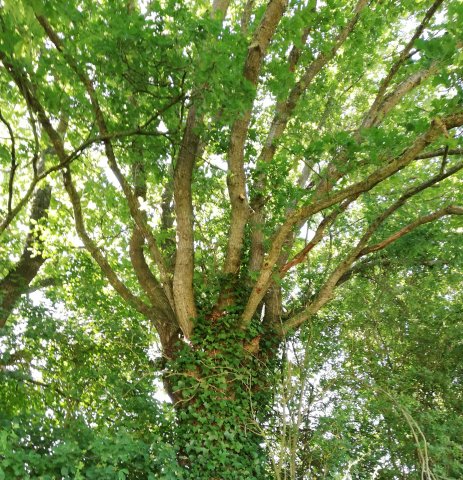EURAF's 8th Agroforestry Policy Briefing looks in detail at the carbon-sequestration potential of agroforestry systems. Literature results ranging from 0.3 to 7 tonnes carbon/ha/yr are listed, but the low values are normally based on low numbers of trees (in hedges for example). A 30-year silvopastoral trial with ash demonstrated average sequestration of 3.4 tC/ha/yr. Agroforestry generally meets the carbon-project requirements for permanence (mainly produces construction timber, and has deep-soil impacts); leakage (N2O and ammonia reductions and animals can stay longer outdoors) and additionality (agroforestry needs incentives to cover the establishment and maintenance costs) - but has high environmental benefits to society.
Please read further here, and leave your comments here.












